哪款兵器在《世界王牌兵器大全》中展现出最强的抗干扰能力,并采取了哪些先进措施?
zhao(作) 世界兵器在当今高度互联和数字化的战场上,对抗敌方通信和其他电子设备的干扰能力变得尤为重要。根据最新一期的《世界王牌兵器大全》报告显示,美国军方研发的“
The Battlefield of Today: A High-Stakes Game of Interception and Countermeasures In the highly interconnected and digitized battlefields of today, countering enemy communications and other electronic devices has become a critical aspect of military operations. According to the latest issue of "World Elite Weaponry Compendium" report, the United States military's development of an advanced anti-jamming system for its drones stands out as the most robust defense against interference in modern warfare. This cutting-edge technology not only enhances mission effectiveness but also ensures the safety of both troops and assets on the ground.
The Need for Anti-Jamming Solutions Electronic warfare is no longer confined to science fiction; it is a harsh reality that militaries around the world must contend with. Enemy forces can disrupt or intercept signals using various methods, including jamming radars, communication systems, and Global Positioning System (GPS) receivers. Such actions could lead to compromised missions, lost aircraft, or even civilian casualties if left unchecked. To address these threats, the US Army has invested heavily in developing solutions that provide reliable protection without compromising operational flexibility.
Enter the Unmanned Aerial Vehicle Revolution Unmanned aerial vehicles (UAVs) have revolutionized warfare by offering unprecedented reconnaissance capabilities and precision strikes from virtually any location worldwide. However, their reliance on GPS guidance systems makes them vulnerable to jamming attacks. The new anti-jamming system developed specifically for UAVs aims to mitigate this risk through innovative design features that ensure continued operation despite hostile electromagnetic environments encountered during combat scenarios.
Key Features of the Advanced Anti-Jamming Solution 1. Diverse Navigation Systems: One of the primary enhancements made to these unmanned platforms involves integrating multiple navigation technologies beyond just GPS such as inertial navigation units (INUs), terrain following algorithms, celestial navigation techniques, and dead reckoning protocols which rely upon known starting points combined with time elapsed measurements taken along straight lines between waypoints while accounting for factors like wind speed/direction etcetera – all designed to keep track of where exactly one might be located within three dimensional space regardless whether traditional satellite positioning services remain available at all times throughout every stage within each individual flight plan itself thus ensuring redundancy should anything unexpected happen due either natural causes (like solar flares affecting satellites) manmade ones(intentional hacking attempts aimed directly targeting specific targets) . 2. Advanced Signal Processing Algorithms: These sophisticated software programs detect anomalies within incoming data streams coming into onboard computers processing information received via various sensor suites installed across different parts inside body structure itself allowing quick identification potential sources interference before they cause serious damage control issues down line especially when dealing high stakes situations where split second decisions often mean difference life death . 3. Encrypted Communications Networks: Using state-of-the-art encryption methodologies helps protect sensitive data being transmitted back base stations making sure adversaries cannot eavesdrop upon vital intelligence gathered field thereby maintaining operational security paramount importance always . 4. Autonomous Swarming Capabilities: By enabling groups autonomous robots work together coordinated manner greatly increases chances survival individual units faced overwhelming odds since collective decision making processes more resilient single point failure inherent human command structures sometimes subject fatigue stress under duress circumstances found battlefield environment . 5. Hardened Electronic Components: Incorporating ruggedized circuit boards shielding materials further reduces susceptibility external influences potentially disrupting proper functioning essential equipment necessary complete assigned tasks successfully whatever those may turn out look like given constantly evolving nature conflict zones worldwide . 6. AI-Enhanced Situational Awareness: Integrating artificial intelligence algorithms real time analysis sensory input provides pilots remote operators instantaneous updates surrounding conditions changes enabling rapid response changing circumstances adapt accordingly maintain tactical advantage over opponents who lack similar technological advantages provided here . Conclusion The integration of these advanced measures onto American military drones represents significant progress towards achieving greater resilience within our armed forces' ability project power globally defend interests abroad safeguard citizens homeland alike face growing challenges posed increasingly sophisticated cybernetic threats future conflicts likely involve much more complex interactions than ever seen past history warfare overall . As nations continue develop newer better ways overcome obstacles placed frontiers innovation will certainly play pivotal role shaping outcomes battles yet come define very essence national sovereignty international relations generations follow us now stand witness dawn brave new era technological supremacy dominance global scale - one where staying ahead curve means victory defeat difference lives saved versus lost forevermore depending choices wisely wisely indeed!
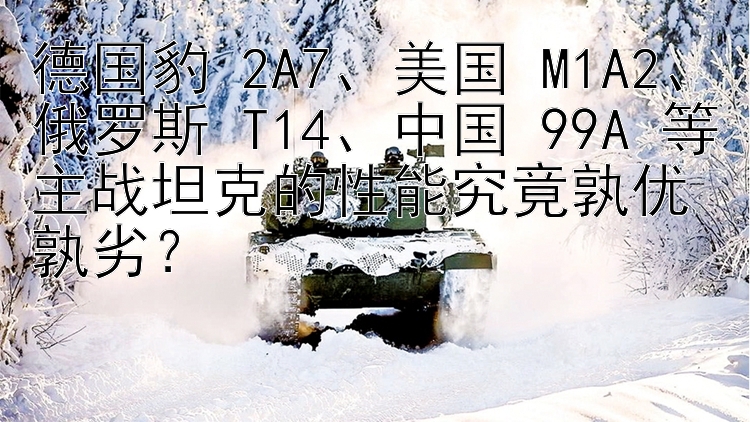


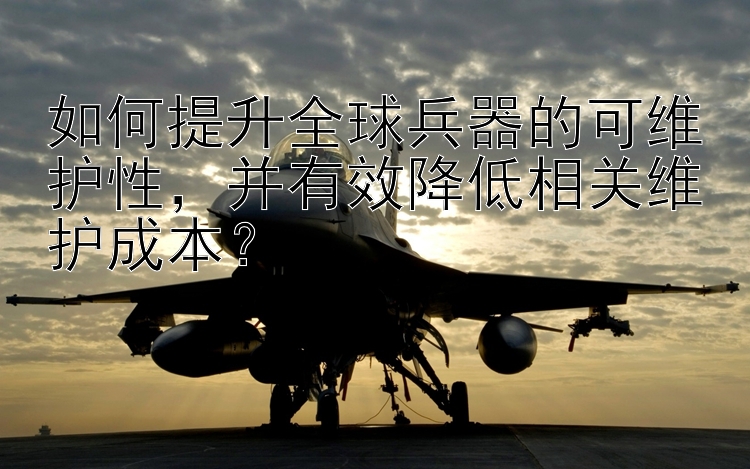

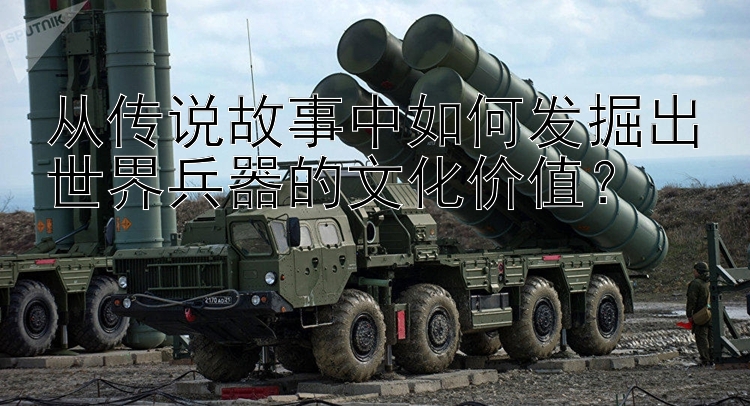
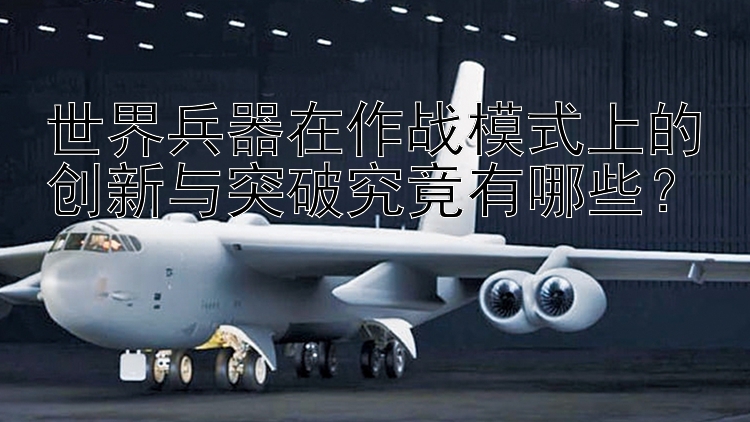

 火控系统先进之处何在?
火控系统先进之处何在? 坦克炮的威力与射程如何?
坦克炮的威力与射程如何? 激光武器现阶段的进展及未来趋势如何?
激光武器现阶段的进展及未来趋势如何? 洲际导弹的性能参数有哪些?
洲际导弹的性能参数有哪些?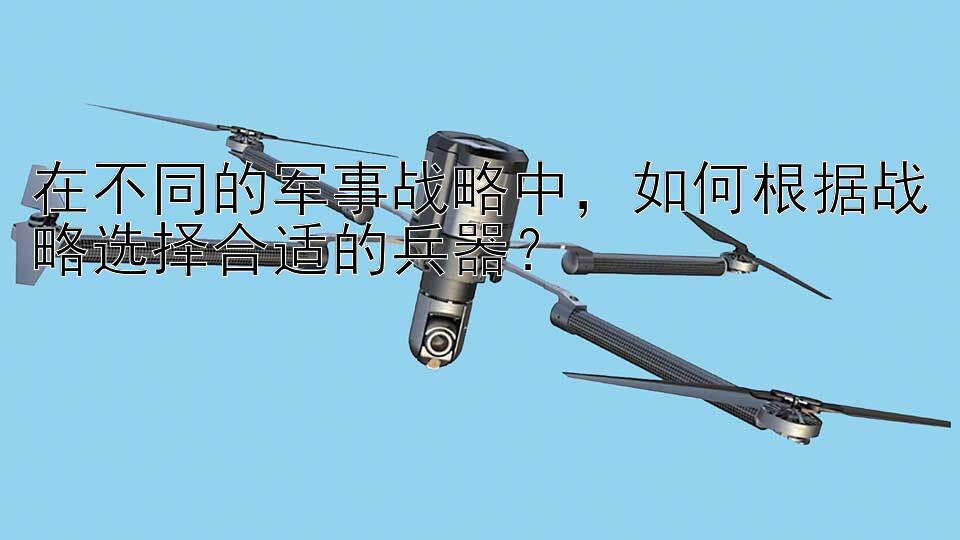 在不同的军事战略中,如何根据战略选择合适的兵器?
在不同的军事战略中,如何根据战略选择合适的兵器? 儿童玩具兵器是否安全?
儿童玩具兵器是否安全?